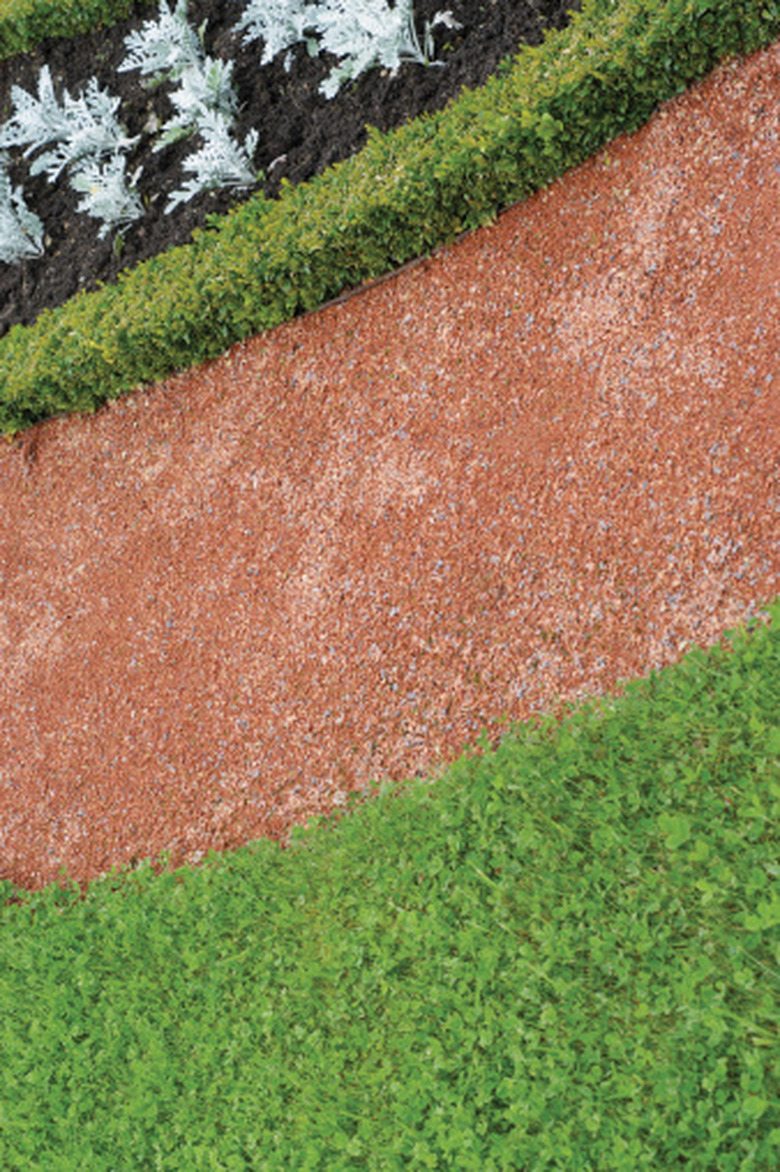Can Boxwood Grow In The Shade?
Boxwoods (Buxus spp.) are popular evergreen shrubs commonly grown as formal hedges or border plants for paths and driveways. They have a naturally symmetrical growth habit, making them ideal for the formal English garden style. Boxwoods are durable garden plants that require minimal maintenance if grown in a suitable location.
Light
Most boxwood species are cold hardy to U.S. Department of Agriculture zone 5, although some cultivars grow in zone 4. Boxwood plants do best when grown in partial shade rather than full shade or full sunlight. Established shrubs may be grown in full sunlight in cool climates, but newly transplanted shrubs and plants grown in hot, Southern climates require protection from afternoon sunlight. On the other hand, too much shade can cause poor growth.
- are popular evergreen shrubs commonly grown as formal hedges or border plants for paths and driveways.
- Established shrubs may be grown in full sunlight in cool climates, but newly transplanted shrubs and plants grown in hot, Southern climates require protection from afternoon sunlight.
Soil
For best results, plant boxwood in a well-draining, slightly acidic sandy loam. Shrubs are also tolerant of average soils, so long the area has good drainage. Water whenever the soil is dry, and fertilize if needed. Plants that produce yellowing leaves that drop prematurely may be suffering from a nitrogen deficiency. Remedy this by applying fertilizer in the spring, but water before fertilizing to keep from burning the shrub's shallow roots.
Pruning
Thinning of branches is crucial to the health of boxwood shrubs, particularly common boxwood (Buxus sempervirens). Thinning, which can be done any time of year, helps to allow light and air into the inner foliage of the shrub, which can die if left in perpetual darkness. Shrubs that have too much inner foliage are more susceptible to pests and fungal disease. Shaping is best done in early summer. If hard pruning is required to control growth, cut the boxwood back hard in early winter.
- For best results, plant boxwood in a well-draining, slightly acidic sandy loam.
- Thinning, which can be done any time of year, helps to allow light and air into the inner foliage of the shrub, which can die if left in perpetual darkness.
Problems
Fungal diseases such as canker and root rot may occur. Root rot, which causes overall plant decline, rotten roots and dark leaves, is common in poorly draining, clay-based soils. Reduce watering and apply a fungicide to the soil. Increase soil drainage if necessary. Canker causes pinkish waxy fungus to appear on leaves, as well as loose, peeling bark that sits atop discolored black or gray wood. Prune out infected branches. Prevent the disease with regular applications of copper fungicide or lime sulfur.
- Fungal diseases such as canker and root rot may occur.
- Root rot, which causes overall plant decline, rotten roots and dark leaves, is common in poorly draining, clay-based soils.
